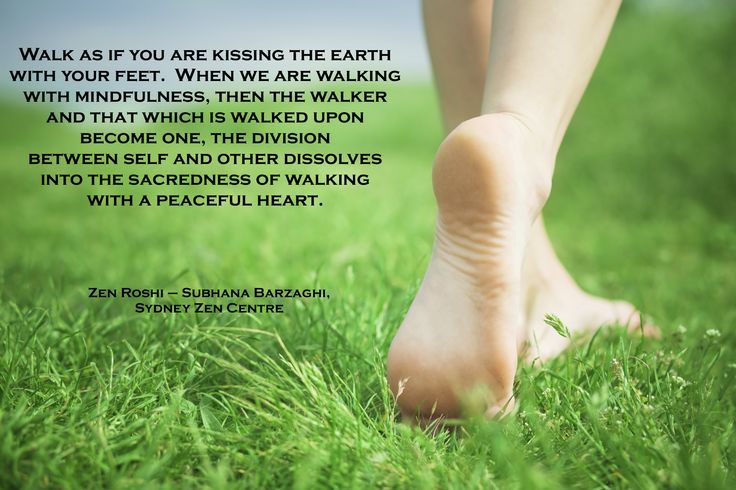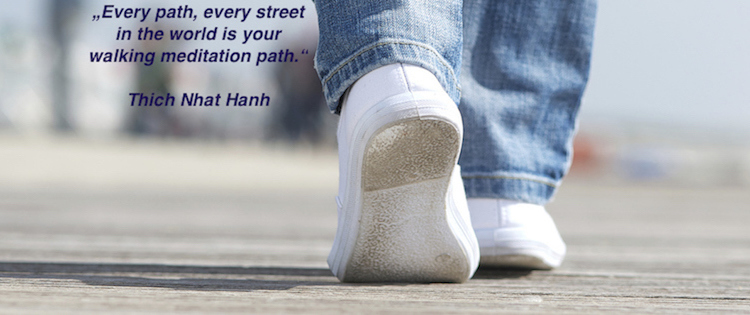Walking meditation is a form of meditation. Unlike sitting meditation, in walking meditation we use the experience of walking as our main focus. It is a simple practice to develop calm, connectivity, and embodied awareness. Walking meditation allows you to be more present in your body and present moment.
Walking meditation can be practiced regularly, before or after sitting meditation or any other time you prefer. The simple experience of alternating steps with both of your feet naturally helps create a meditative state. It’s amazing, isn’t it?
How to do walking meditation
First, you need to decide where you want to do this meditation. Walking meditation is best done outdoors. Choose a place where you can walk back and forth without distraction, such as in a quiet park. Do not combine your walking meditation with anything else like going on errands or walking for exercise.
Before starting to walk, spend a little time while standing still. Allow awareness to be with your body and take some deep breaths. Put full attention on the sensation of breathing, then allow the breath to return normal and notice it is going to its own for a little while. As you feel connected to your body, start to walk.
Walk at relaxed and normal pace. Pay attention to the sensations of your body as your feet step the grounds. You may be drawn to the sights around you, but try to keep bringing your attention to what is going on internally. The idea is to have your attention on the physical experience of walking. Even if the mind starts wandering, you need to bring your attention back to the experience of walking. Notice how all parts of your body involved in the act of walking.
Allow your awareness to move up through every part of the body, noticing the sensations as you walk. Gradually scan all parts of your body as you bring your attention to your skin, calves, knees, toes, thighs, hips, pelvis, back, chest, stomach, shoulders, neck, and head. Allow them to relax, let your step swing loose. As you do this, the walking will become more enjoyable.
Take a walk until you reach one point for ten to 20 minutes. When you reach that point, pause for a moment. Center yourself before carefully turn around. Pause again, so that you can be aware of the first step you walk back. Now you can experiment with the pace and speed.
You can be aware of the feelings that you’re having; not emotions but just the feeling tone. Just notice any feeling you feel, pleasant and unpleasant; but don’t cling to both of them. Push them away. Don’t judge and don’t let those feelings enter distract you. Just simply notice them.
The next phase is when you start to be aware of the specific contents of your emotions and thoughts. You also start to be able to categorize your emotions and thoughts in various ways. At the very least, you can be aware of whether your thoughts and emotions are those that you want to encourage or discourage. The more you are able to do this, the more you can choose to alter your experience.
You can use walking meditation to calm and collect yourself and to live more wakefully in your body. It also serves as a powerful bridge between meditation practice and daily life, helping us to be more mindful, more present, and concentrated in ordinary activities.
Learn walking mediation in Jakarta at The Secrets of Natural Walking™ workshop consists of two half day sessions with both theory and interactive practical exercises to help guide us to reap the benefits from walking properly and naturally







